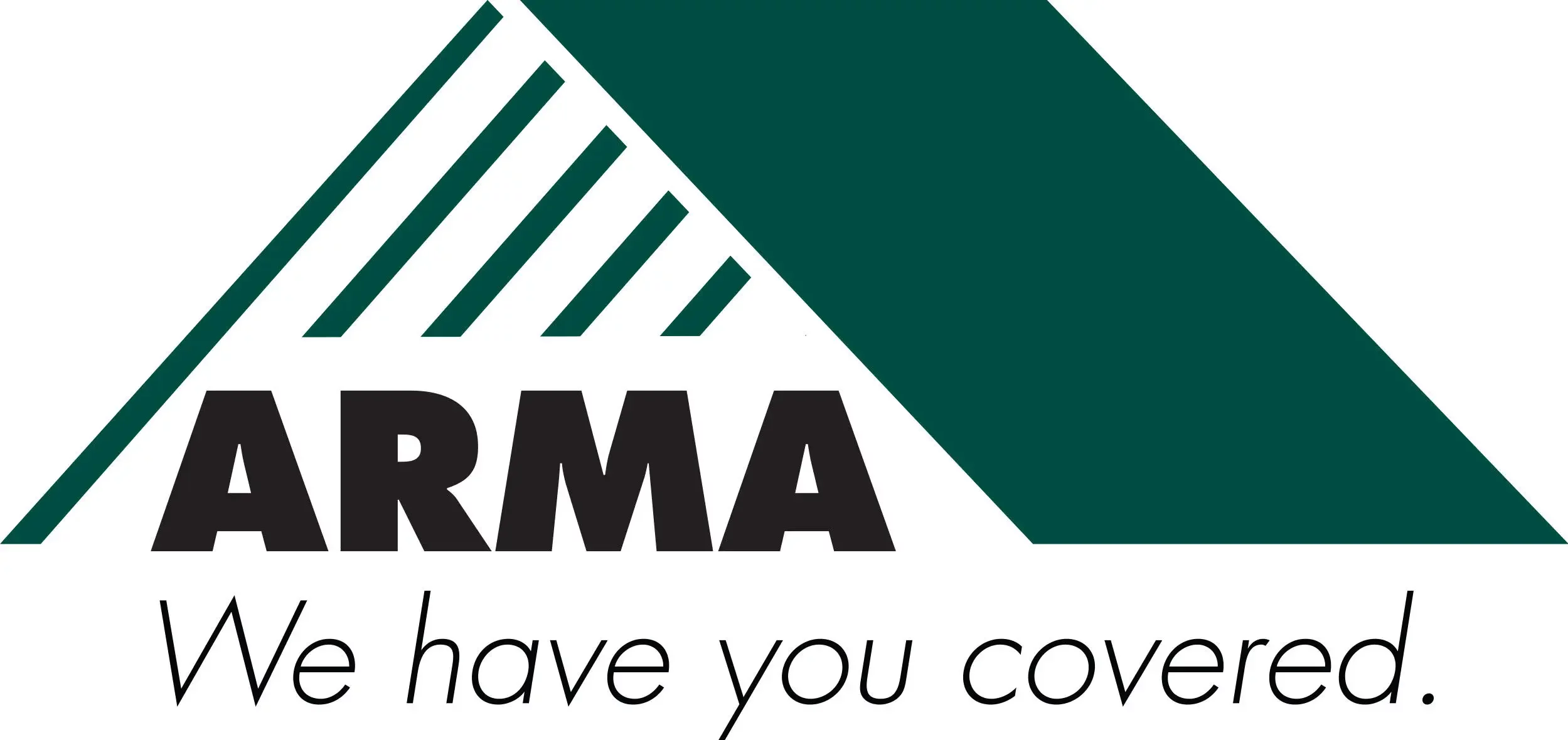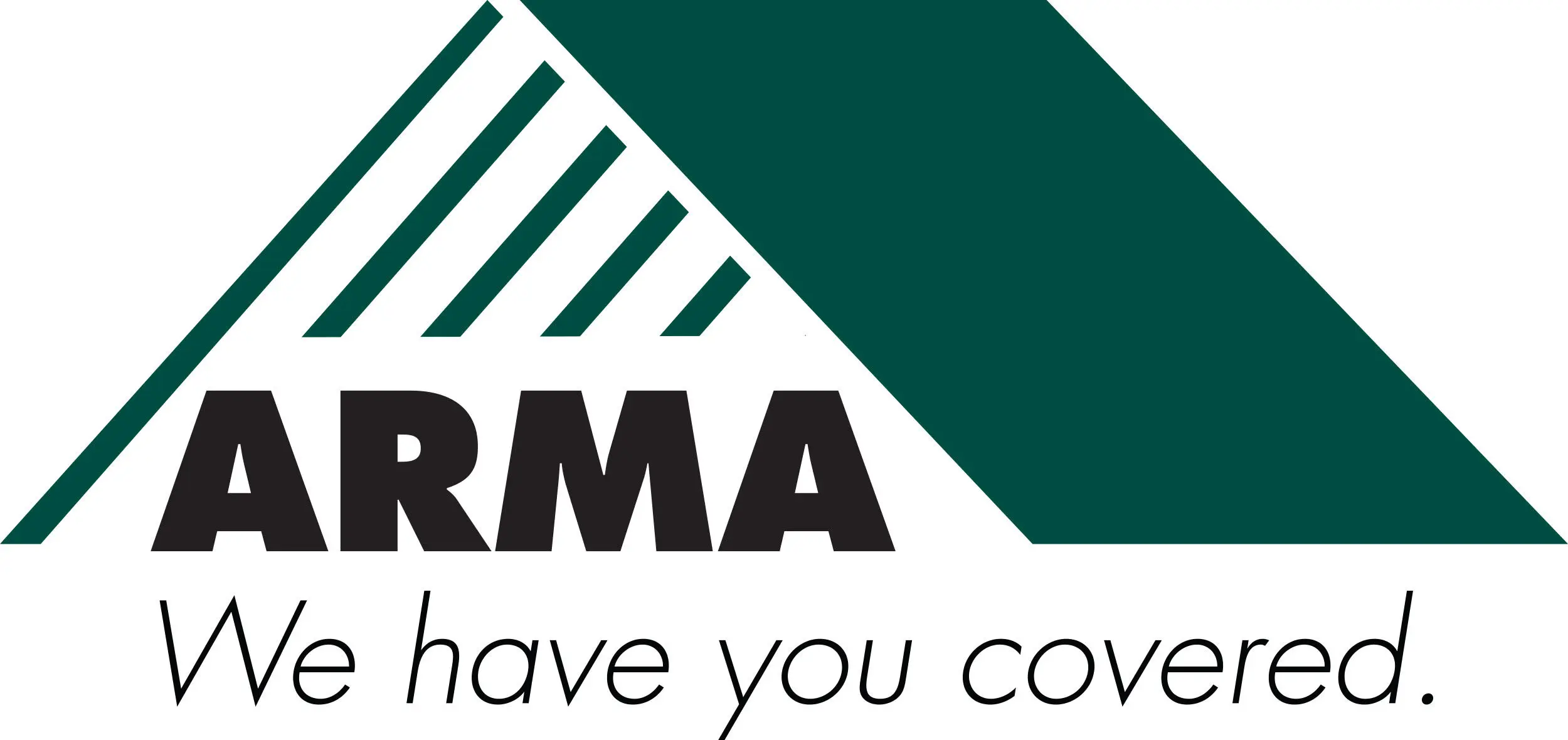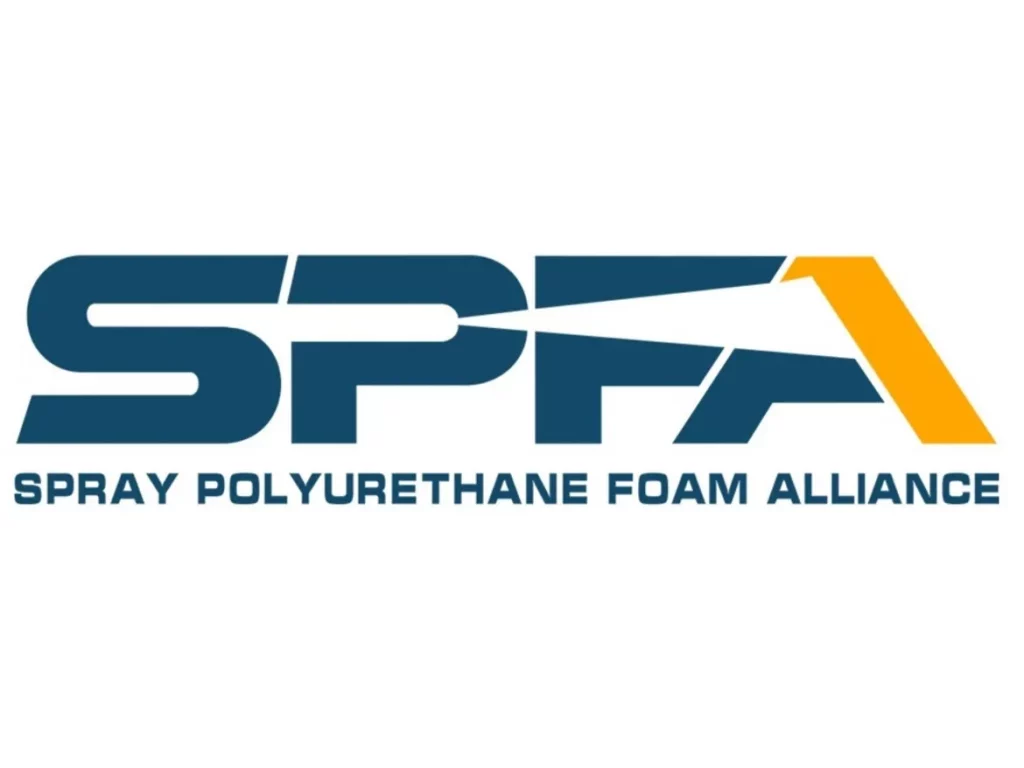A well-maintained roof extends the lifespan of a building and enhances its structural integrity. Modern roof restoration techniques have evolved to address wear and tear effectively, offering property owners cost-effective and durable solutions. This guide covers the latest advancements, materials, and processes involved in roof restoration to help homeowners and businesses make informed decisions.
Understanding Roof Restoration
Roof restoration is the process of repairing, cleaning, and recoating an existing roof to improve its performance and longevity. Unlike a full replacement, restoration focuses on preserving the current structure while enhancing its durability. This approach is more affordable and environmentally friendly, reducing waste and resource consumption.
Benefits of Roof Restoration
- Cost Savings: Restoring a roof is significantly less expensive than replacing it.
- Extended Lifespan: Proper restoration can add 10–20 years to a roof’s life.
- Improved Energy Efficiency: Reflective coatings can lower energy costs by reducing heat absorption.
- Environmental Impact: Less material waste compared to complete roof replacements.
- Enhanced Property Value: A well-maintained roof improves curb appeal and structural integrity.
Key Techniques in Modern Roof Restoration
Inspection and Assessment
Before any restoration work begins, a thorough inspection identifies existing damage, structural weaknesses, and potential issues. Common assessment techniques include:
- Drone Inspections: Capturing high-resolution images of the roof for detailed analysis.
- Infrared Scanning: Detecting moisture trapped beneath the roofing materials.
- Core Sampling: Extracting sections of the roof to assess the condition of underlying layers.
Cleaning and Surface Preparation
A clean surface ensures proper adhesion of coatings and sealants. Techniques include:
- Pressure Washing: Removing dirt, moss, and debris.
- Chemical Treatments: Eliminating mold and mildew to prevent future growth.
- Rust and Corrosion Removal: Treating metal roofs to prevent further deterioration.
Repair and Reinforcement
Addressing damage is a critical step before applying protective coatings. This includes:
- Sealant Application: Filling cracks and minor gaps to prevent leaks.
- Flashing Replacement: Ensuring watertight seals around chimneys, vents, and joints.
- Structural Reinforcement: Strengthening weak areas to improve durability.
Advanced Roof Coatings
Modern coatings enhance protection, improve energy efficiency, and extend the roof’s lifespan. Popular options include:
- Silicone Coatings: Highly resistant to UV rays and ponding water.
- Acrylic Coatings: Cost-effective and reflective, reducing cooling costs.
- Polyurethane Coatings: Ideal for high-traffic areas due to their durability.
- Elastomeric Coatings: Flexible and weather-resistant, adapting to temperature fluctuations.
Choosing the Right Restoration Method
Different roofing materials require tailored restoration techniques.
Asphalt Shingle Roofs
- Granule Recoating: Restoring lost granules to improve UV resistance.
- Shingle Replacement: Replacing damaged shingles without requiring a full roof replacement.
- Protective Sealants: Enhancing water resistance and durability.
Metal Roofs
- Rust Prevention Treatments: Applying anti-corrosion coatings to extend lifespan.
- Seam and Fastener Repairs: Preventing leaks through resealing and reinforcement.
- Reflective Coatings: Reducing heat absorption to improve energy efficiency.
Tile Roofs
- Rebedding and Repointing: Securing loose tiles and reinforcing joints.
- Waterproofing Treatments: Applying coatings to enhance resistance against moisture.
- Crack and Chip Repairs: Preventing further damage from structural shifts.
Flat Roofs
- Membrane Restoration: Repairing or recoating EPDM, TPO, or PVC membranes.
- Liquid Applied Roofing Systems: Providing seamless protection against leaks.
- Ponding Water Solutions: Installing drainage improvements to prevent standing water issues.
Ensuring Long-Term Durability
Proper maintenance extends the benefits of roof restoration. Key maintenance strategies include:
- Regular Inspections: Checking for damage every six months.
- Gutter Cleaning: Preventing water buildup and leaks.
- Prompt Repairs: Addressing minor issues before they escalate.
- Reapplication of Coatings: Maintaining protective layers as needed.
Expert Guidance for Roof Restoration
For homeowners and business owners seeking professional roof restoration, working with experienced specialists ensures quality results. Arma Coatings of Wichita offers advanced solutions tailored to different roofing materials, providing long-lasting protection and improved performance. Contact us at (316) 779-2430 or email [email protected] for expert advice and services.
Frequently Asked Questions
How long does a roof restoration last?
A well-executed restoration can extend a roof’s lifespan by 10–20 years, depending on the materials and maintenance.
Is roof restoration cheaper than replacement?
Yes, restoration is more cost-effective, often saving up to 50% compared to a full replacement.
What is the best roof coating for hot climates?
Silicone and elastomeric coatings are excellent for heat resistance and energy efficiency.
Can roof restoration improve energy efficiency?
Yes, reflective coatings reduce heat absorption, lowering cooling costs.
How do I know if my roof needs restoration?
Signs include leaks, mold growth, discoloration, and worn-out shingles or tiles.
What are common causes of roof deterioration?
Weather exposure, poor maintenance, and material aging contribute to roof wear.
Can I restore my roof myself?
Small repairs may be DIY-friendly, but professional restoration ensures long-term durability and compliance with building standards.
Does roof restoration come with a warranty?
Most professional restorations include warranties ranging from 5 to 15 years, depending on the materials used.
How long does the restoration process take?
The process typically takes a few days to a week, depending on the roof’s size and condition.
Will restoration affect my insurance coverage?
In many cases, restoration maintains or improves insurance eligibility, but it’s best to check with your provider.





